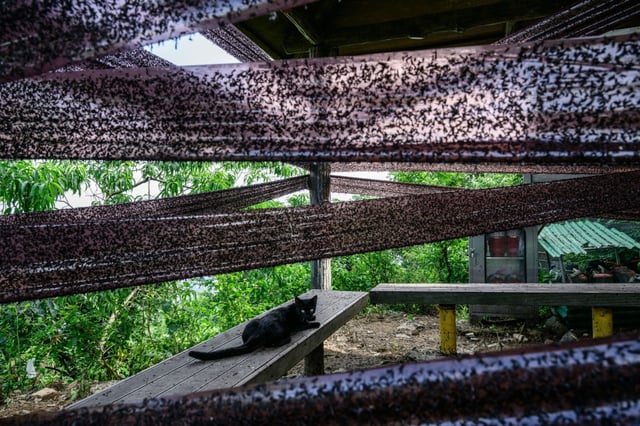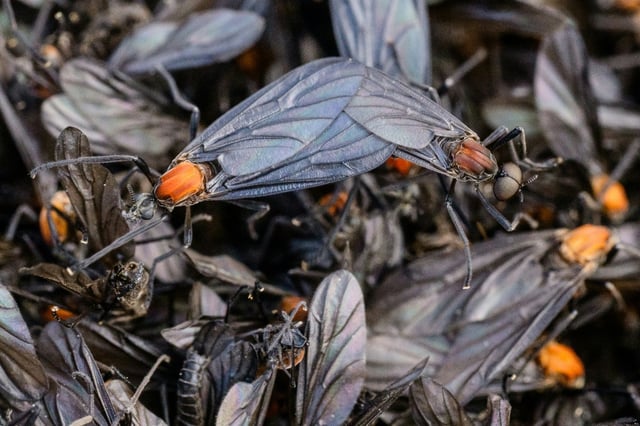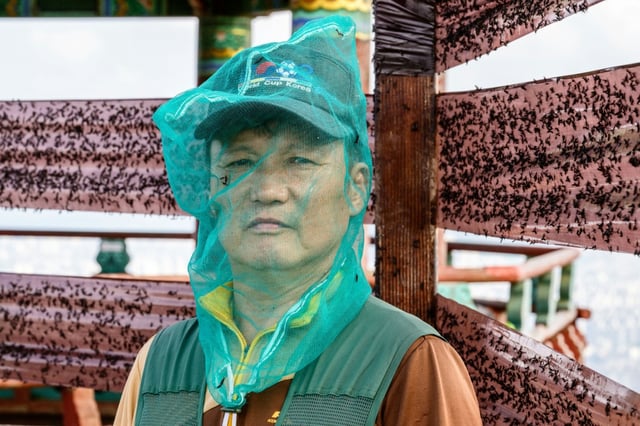Overview
- Populations blanket apartment buildings, mountain trails and markets across greater Seoul, leaving foul-smelling piles up to 10 centimetres high.
- Experts say rising summer temperatures have enabled the March flies to survive and multiply in South Korea after first appearing in Incheon in 2015.
- Local businesses and hikers report contaminated ingredients and stench disruptions as viral videos show K-pop stars and YouTubers swarmed by the insects.
- The interagency team is trialing water sprays, sticky and light traps and reviewing fungal larvicides while lawmakers consider reclassifying the species under managed-pest regulations.
- Authorities expect a natural population crash by mid-July but warn that climate change could trigger invasions by more harmful insect species.



